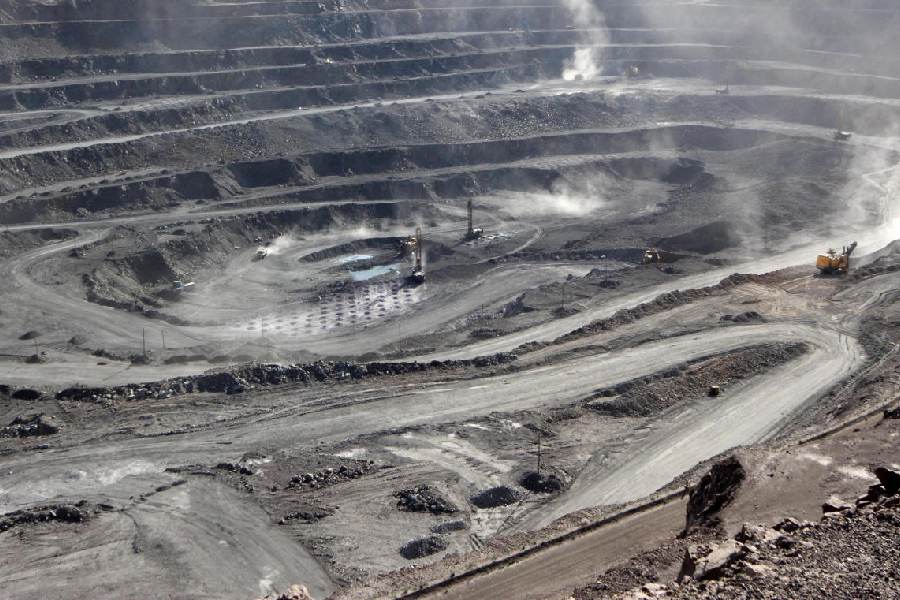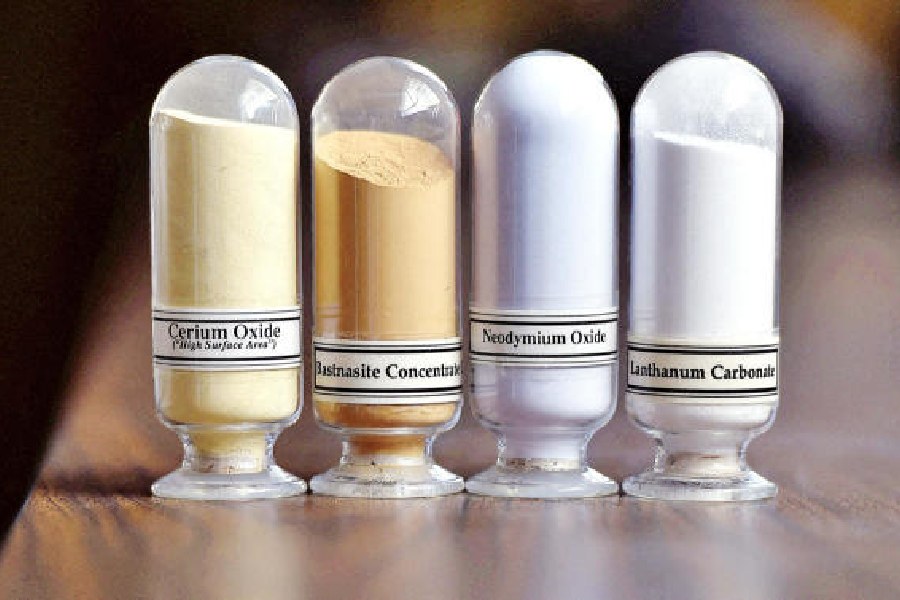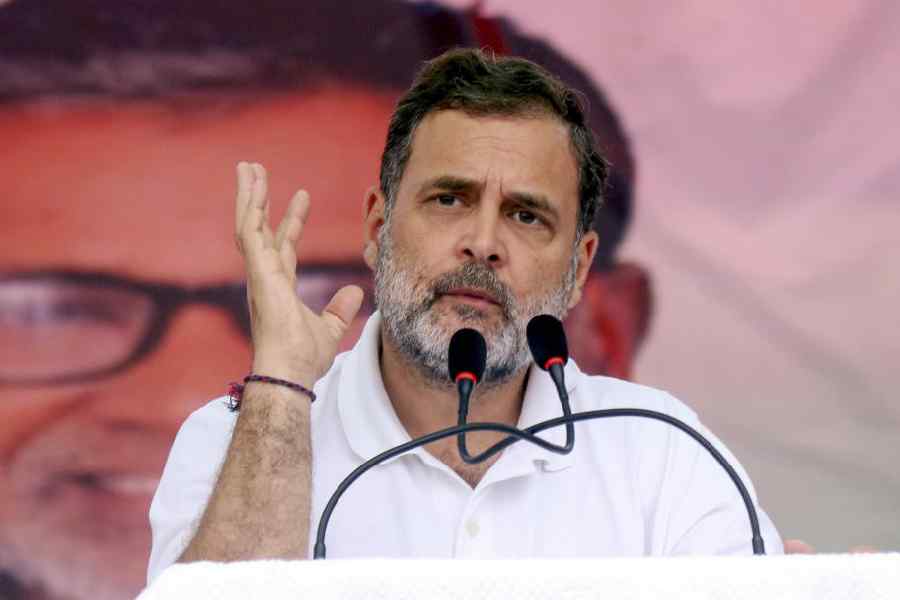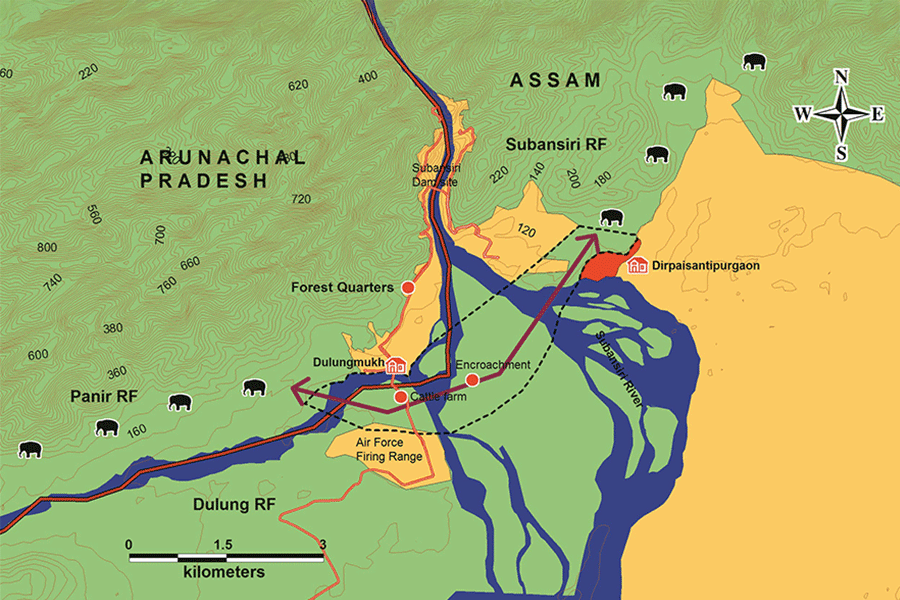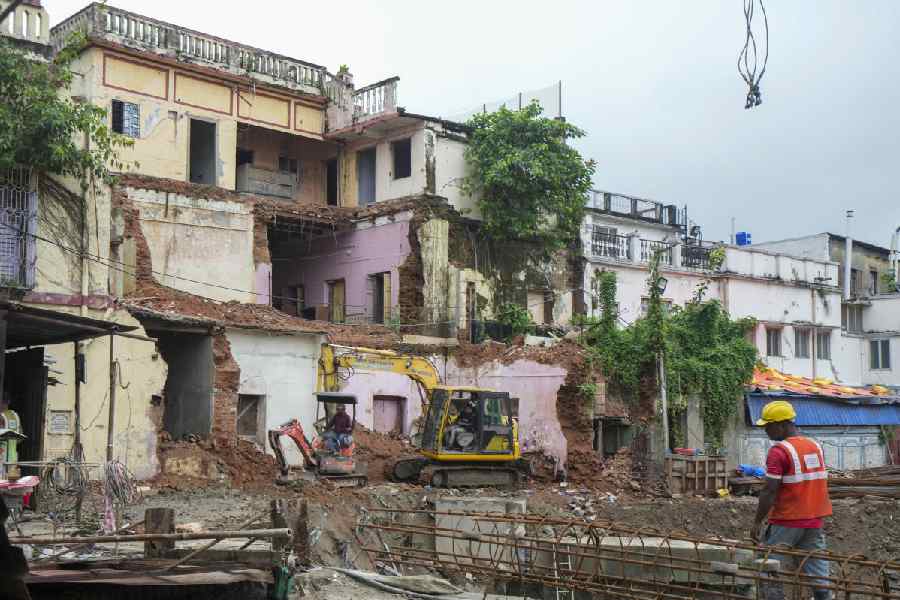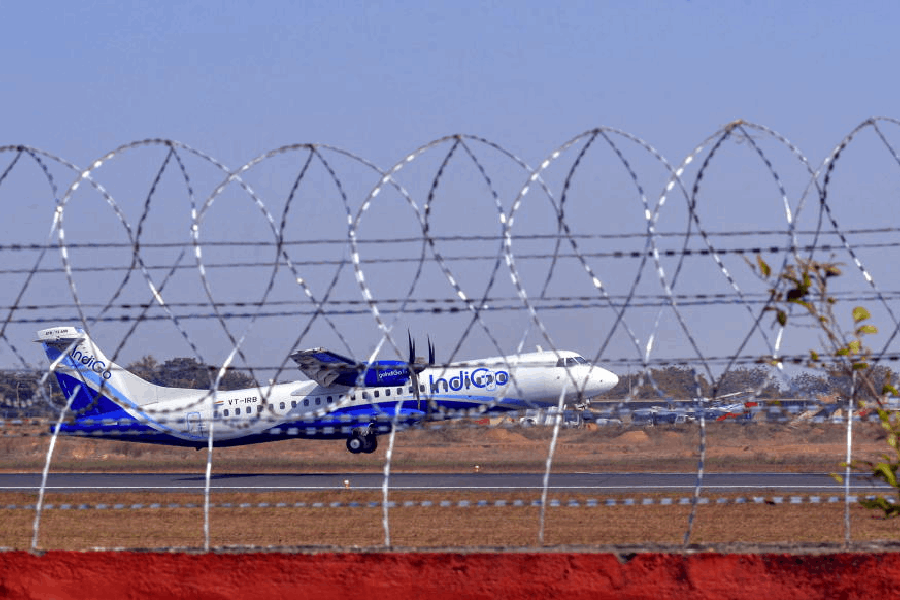Facing a supply crunch after China suspended rare earth exports and stalled fresh licensing, Indian automakers have appealed to the Centre for intervention, warning that the move could disrupt India’s electric vehicle ambitions, according to a Livemint report.
But the standoff goes beyond trade friction — it points to a deeper, darker story of how China’s dominance in rare earth mining has come at a staggering environmental and human cost, much of it borne silently by its own communities.
An investigation by the BBC has revealed the ecological scars of this global race, most visibly in Bayan Obo, a mining town in Inner Mongolia that produces nearly half the world’s rare earth supply.
Satellite imagery shows man-made lakes filled with radioactive sludge and polluted water, while past studies have linked the region’s contamination to cancer clusters and birth defects.
Rare earth metals are vital to the functioning of smartphones, computers, electric vehicles, Bluetooth devices, and television screens.
Man-made lakes filled with radioactive sludge and polluted water are commonplace in Bayan Obo, reported the BBC.
Local authorities have launched efforts to clean up the region, scientists told the BBC, but the pace of mining shows no signs of slowing down.
Machines are in constant pursuit of high-value elements like neodymium and dysprosium, used in magnets essential to electric vehicles, wind turbines, and hard drives. This involves stripping away layers of topsoil, releasing harmful dust laden with heavy metals and radioactive particles.
Over the past 25 years, the mined area has more than doubled in size, along with the expansion of toxic waste ponds.
Further south, in the mining hub of Ganzhou, the environmental toll is equally evident. Leaching ponds — circular concrete pools containing chemicals like ammonium sulfate and ammonium chloride — sit exposed on eroded hilltops. These are used to separate rare earth metals from the surrounding soil.
At one point, Ganzhou had more than a thousand mining sites, many of them unlicensed. Companies would exhaust one location and then move on. In 2012, the Chinese government intervened, slashing the number of mining licenses. But by then, deforestation, soil erosion, and chemical leaks into water bodies had already done significant damage.
Local farmer Huang Xiaocong, whose land is surrounded by four rare earth mining sites, has alleged illegal land acquisition by the state-owned China Rare Earth Jiangxi Company. He blamed improper mining practices for triggering landslides.
“This problem is way too big for me to solve. It’s something that has to be dealt with at the higher levels of government,” said Mr. Huang to the BBC. “We ordinary people don’t have the answers… Farmers like us, we’re the vulnerable ones. To put it simply, we were born at a disadvantage. It’s pretty tragic.”
According to Professor Julie Klinger, author of Rare Earth Frontiers, the communities around Bayan Obo and Ganzhou are among the victims of China’s former “develop first, clean up later” model.
Though China is now making efforts to reduce environmental damage, Klinger notes that the consequences of past policies continue to manifest.
The worst health effects were reported in Baotou, near Bayan Obo’s largest tailings pond. Before 2010, villagers living near the Weikuang Dam — a man-made lake built in the 1950s to store mining waste — were diagnosed with bone and joint deformities linked to fluoride-contaminated water and acute arsenic poisoning.
Although authorities have relocated residents from the vicinity of the 11km-long tailings pond, the toxic sludge it contains — including radioactive thorium — remains. Research suggests it may be seeping into groundwater and threatening the Yellow River, a vital source of drinking water for northern China.
The environmental price of rare earth extraction is staggering. For every tonne of rare earth metals mined, up to 2,000 tonnes of toxic waste are generated.
The geopolitical tug-of-war continues.
At the height of the trade war, US tariffs on Chinese goods reached 145 per cent, while China retaliated with 125 per cent levies on American products. On May 12, both nations agreed to a temporary 90-day truce, rolling tariffs back to 30 per cent and 10 per cent, respectively. A tentative trade agreement began taking shape last month.
On June 11, following negotiations in London, US President Donald Trump announced a “framework” deal. Soon after, both countries acknowledged progress.
US Treasury Secretary Scott Bessent revealed that China had agreed to ease access for American firms to acquire Chinese rare earths and magnets — critical materials for manufacturing and microchip production.
While Beijing may have the upper hand for now, the true cost of that dominance continues to weigh heavily on its people, land, and water.

